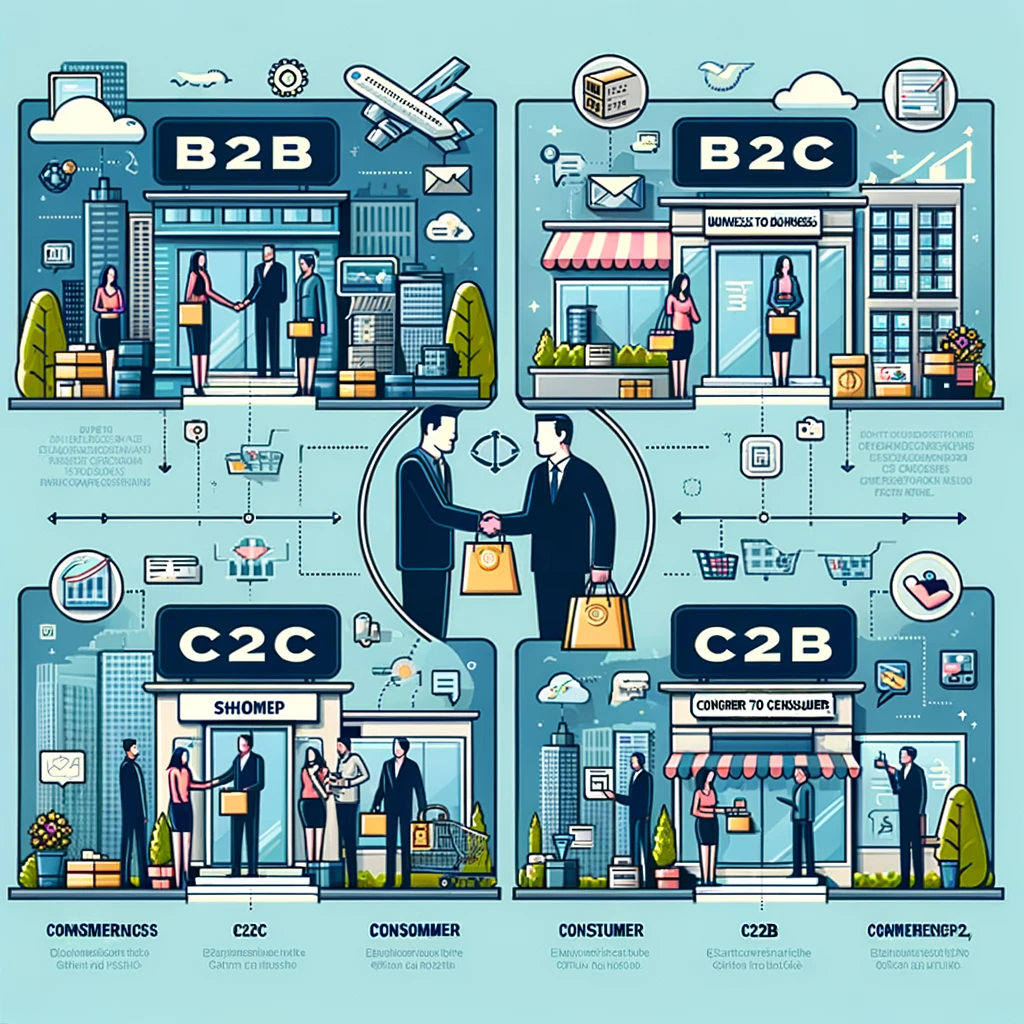Break-even analysis used to determine what quantity of a particular good a business needs to produce in order to cover all the costs of production ( to “break-even”).
Break-even Analysis in Business and Management
Break-even analysis is a fundamental financial tool used extensively in the business world to determine the minimum quantity of a product that must be sold to cover all associated costs of production, thus reaching a "break-even" point where the business neither makes a profit nor suffers a loss. This analysis is pivotal for strategic planning, providing insights into cost management, pricing strategies, and the financial viability of products or services. The significance of break-even analysis spans various aspects of business operations, making it a critical study area for students of IB Business & Management.
Conceptual Framework of Break-even Analysis
Definition: Break-even analysis calculates the point at which revenue received equals the total costs associated with the production and sale of the product. It’s a critical measure of the cost-effectiveness of manufacturing and selling products.
Key Components:
- Fixed Costs: These are expenses that do not change regardless of how much is produced or sold, such as rent, salaries, and insurance.
- Variable Costs: Costs that vary directly with the level of production, like raw materials and direct labor.
- Sale Price per Unit: The amount for which each unit of the product is sold.
Methodology
The break-even point (BEP) is typically calculated using the formula:
BEP (units) = Fixed Costs / (Sale Price per Unit - Variable Cost per Unit)
This formula helps determine the number of units that must be sold at a given price to cover all costs.
Importance of Break-even Analysis
- Financial Planning: Provides a clear benchmark for profitability, aiding in budgeting and financial forecasting.
- Pricing Decisions: Influences pricing strategies by demonstrating how different prices can affect the break-even volume.
- Cost Management: Highlights the impact of fixed and variable costs on profitability, guiding decisions on cost reduction and management.
- Risk Assessment: Assists in evaluating the risk associated with introducing new products or entering new markets by showing the sales needed to avoid losses.
Limitations
While invaluable, break-even analysis has limitations. It assumes linear relationships between sales and production that may not always hold, particularly for businesses with complex production processes or those offering multiple products. It also assumes fixed costs remain constant, which might not be the case in all scenarios, especially at different scales of operation.
Industry Example: The Manufacturing Industry
Consider "EcoFurnish," a furniture manufacturing company planning to launch a new line of eco-friendly chairs. The company aims to understand the financial viability of this new product line through break-even analysis.
- Fixed Costs: Research, design, and marketing costs total $100,000.
- Variable Costs per Unit: Costs $50 per chair for materials and labor.
- Sale Price per Unit: The chairs are to be sold at $150 each.
Using the break-even formula, EcoFurnish needs to sell approximately 3,333 chairs to cover all production and sales costs and break even.
Strategic Decisions
- Pricing Strategies: Adjusting the sale price to affect the break-even point and potential profitability.
- Cost Reduction: Identifying opportunities to lower variable costs through more efficient material sourcing or production techniques.
- Marketing and Sales Targets: Developing targeted marketing campaigns to achieve and surpass the break-even sales volume.
Conclusion
Break-even analysis is a critical tool in business planning and management, offering essential insights into the cost structures and financial planning necessary to achieve profitability. It aids businesses in making informed decisions regarding pricing, production levels, and cost management. The example of EcoFurnish illustrates the practical application of break-even analysis in the manufacturing industry, highlighting its importance in strategic planning and operational efficiency. For IB Business & Management students, mastering the principles of break-even analysis is indispensable, equipping them with the analytical skills needed to assess and improve the financial performance of business ventures.






